The 7 Best Bank ETFs for American Bulls
Bank stocks and other financial equities are back in the spotlight again with the dawn of another earnings season.


Bank stocks and other financial equities are back in the spotlight again with the dawn of another earnings season. And any wind in their sails is sure to be felt by bank ETFs.
The financial sector helps kick off each quarter’s run of earnings reports, starting with majors such as JPMorgan Chase (JPM) and Citigroup (C), then followed by regional banks, insurers and stock brokers. Robust economic activity means more business for banks – more mortgages, auto loans and business loans, as well as spending via personal credit – and that should show up in their quarterly reports.
Another bullish driver: The Federal Reserve has raised the fed funds rate three times in 2018 alone – which in turn is helping lift interest rates – to help keep America’s economy from heating up too much. That is a good problem to have, especially if you hold bank stocks and funds. Rising rates help banks by improving their net interest margin (the spread between what banks pay out in interest on deposits and what they earn in interest from mortgages and other loans). It’s no guarantee – higher rates can also dissuade consumers from taking out loans – but broadly, rising rates are viewed as bullish for banks and other financial stocks.
These seven bank ETFs provide varying ways to gain exposure to any continued growth in the financial sector.
Data is as of Oct. 11, 2018. Click on ticker-symbol links in each slide for current share prices and more. Yields represent the trailing 12-month yield, which is a standard measure for equity funds.
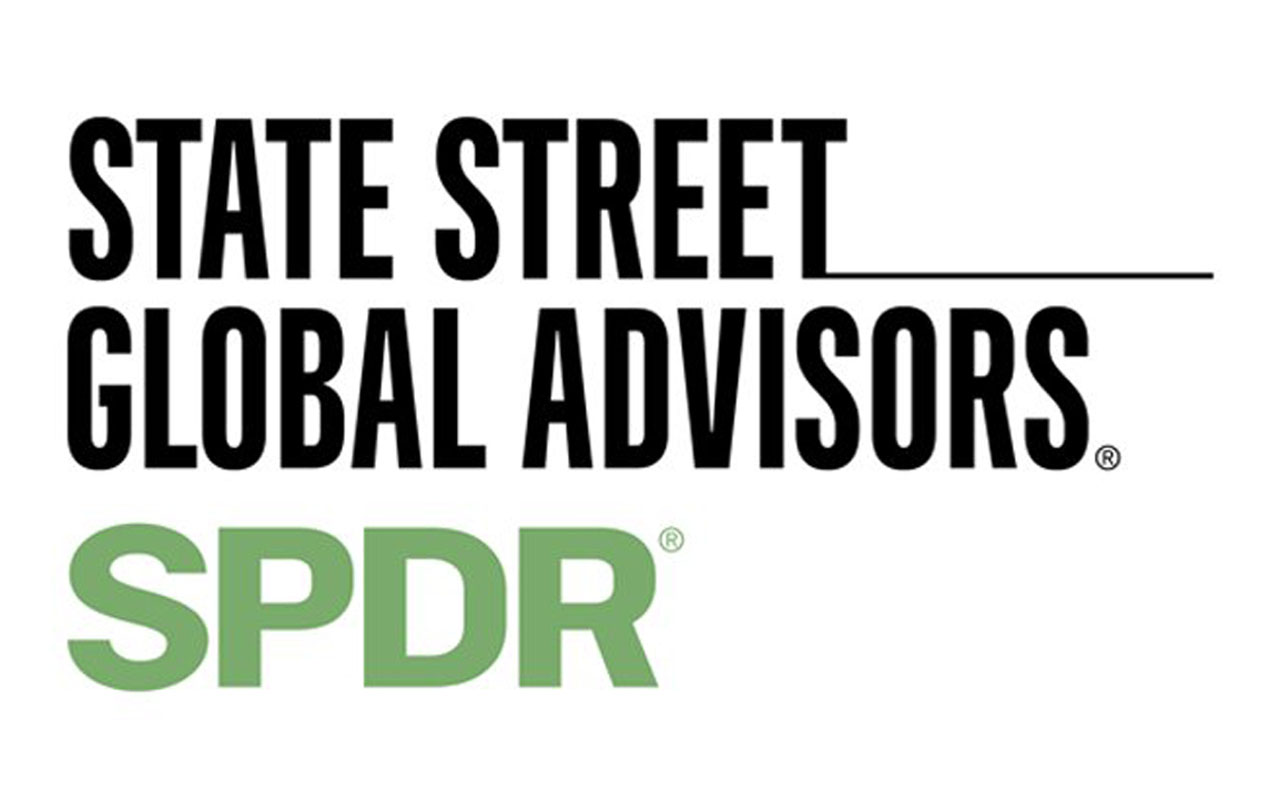
Financial Select Sector SPDR Fund
- Market value: $29.9 billion
- Dividend yield: 1.7%
- Expenses: 0.13%, or $13 annually on $10,000 invested
The Financial Select Sector SPDR Fund (XLF, $26.40) is far and away the largest financial ETF by assets under management, at $29.9 billion – more than triple the next-closest fund, the Vanguard Financials ETF (VFH). It also is a member of the Kip ETF 20, Kiplinger’s list of 20 high-quality exchange-traded funds.
It’s also one of the most diversified ways to invest in the financial sector, though that means XLF is not a pure play on American bank stocks.
Pure-play banks make up just 44% of this fund, with the lion’s share coming from the Big Four banks – JPMorgan, Citigroup, Bank of America (BAC) and Wells Fargo (WFC), and their combined 33% weight. But while JPMorgan is a massive overweight at 11% of assets, it’s not the biggest – that title goes to Warren Buffett’s Berkshire Hathaway (BRK.B, 12.8%), making up nearly all of XLF’s “Diversified Financial Services” allocation.
The rest of the fund is invested across capital markets and consumer finance companies, but also includes a 17% holding in insurers such as Chubb (CB) and MetLife (MET). Insurers obviously are a different business than traditional banks, but still benefit as rates rise by investing their money into higher-yielding bonds.
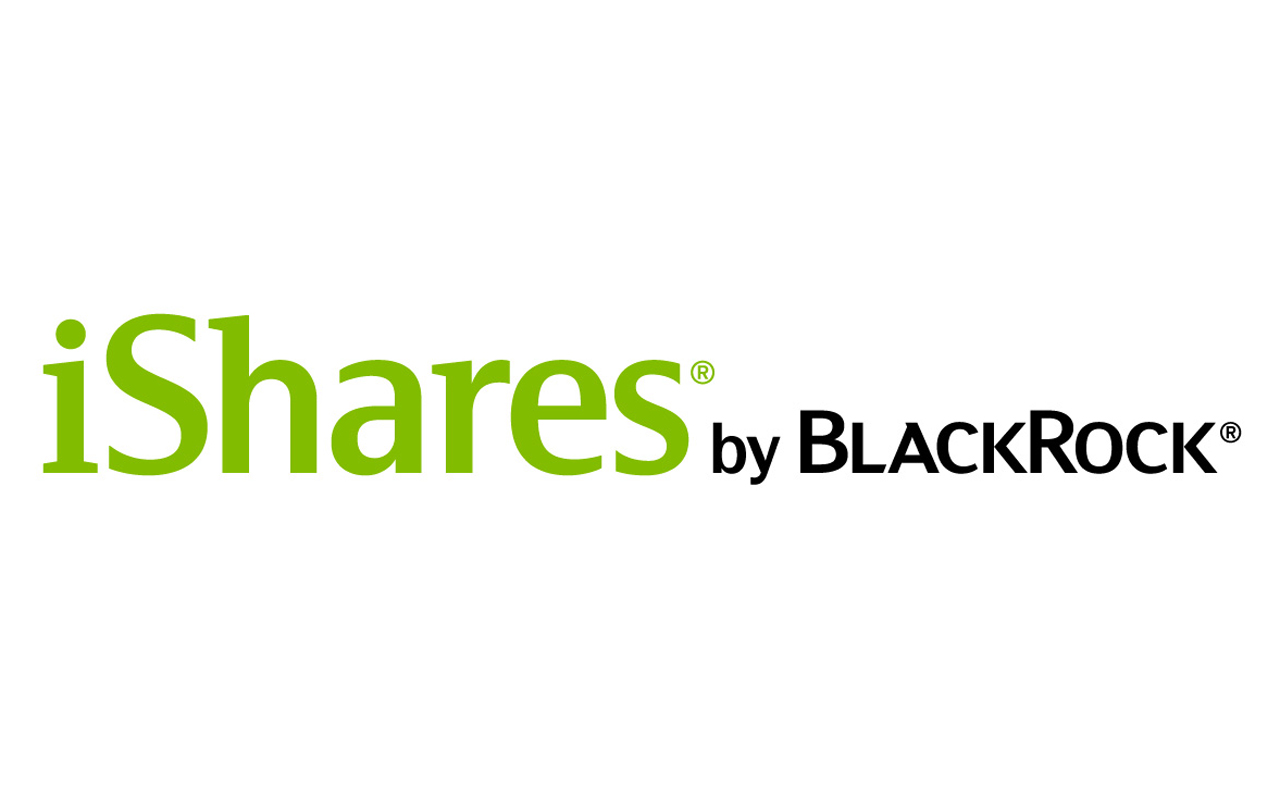
iShares U.S. Financial Services ETF
- Market value: $1.6 billion
- Dividend yield: 1.4%
- Expenses: 0.43%
The iShares U.S. Financial Services ETF (IYG, $126.20) has a slightly narrower mandate than the XLF. It targets commercial banks, asset managers and even credit card companies, but eschews other financial industries – most notably, insurance.
The Big Four play a similarly large role at nearly 35% of the fund, and pure-play banks make up more than half of all assets. But you also get access to the likes of Visa (V) and Mastercard (MA), which are obvious beneficiaries of a roaring economy, as Americans swipe, swipe, swipe their way through more purchases. Credit card companies also have growth appeal as Americans increasingly walk away from cash – a trend that is benefiting from increased adoption of online and mobile transactions.
IYG also invests in companies such as Goldman Sachs (GS) and Morgan Stanley (MS), which lend to corporate clients much like regular banks, but also provide services such as investment management, as well as equity and debt underwriting. That provides a little additional protection against bank-specific downturns.
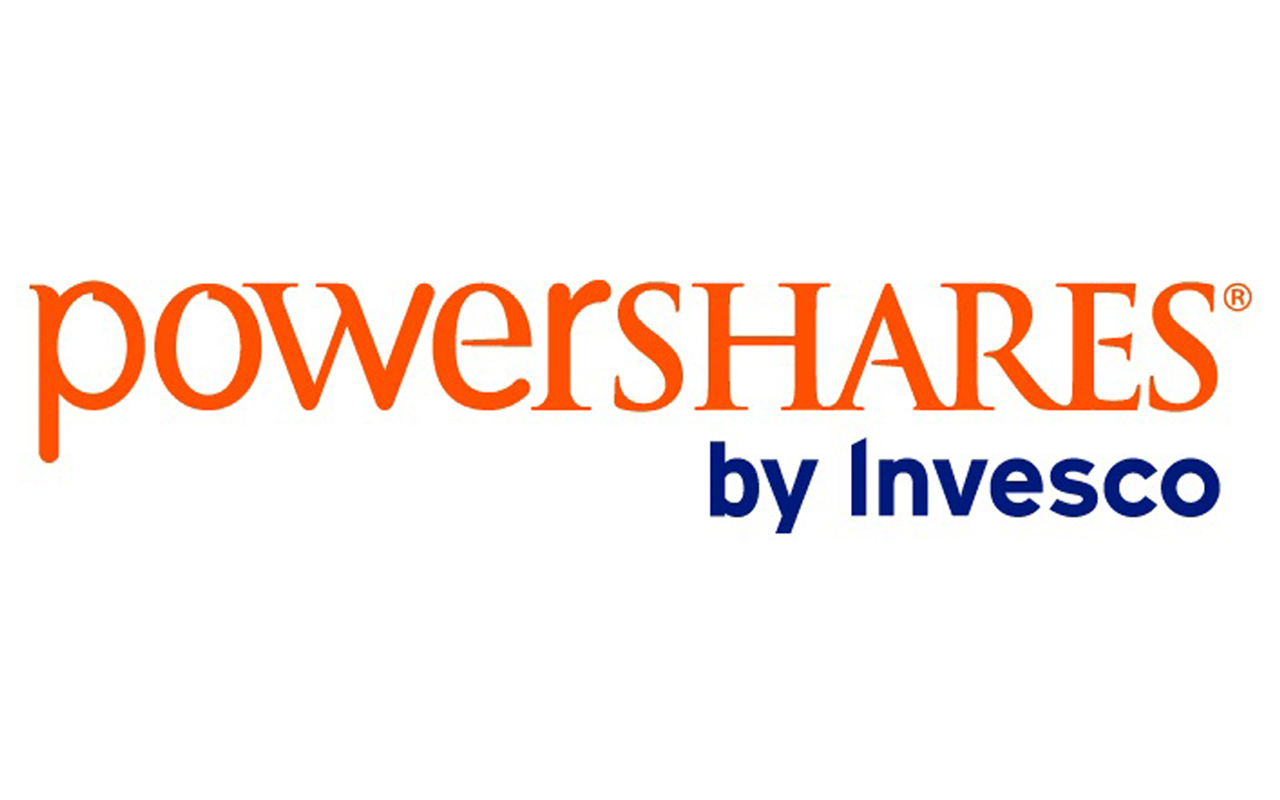
PowerShares KBW Bank Portfolio
- Market value: $849.2 million
- Dividend yield: 1.9%
- Expenses: 0.35%
If you are looking for more dedicated bank exposure, the PowerShares KBW Bank Portfolio (KBWB, $52.25) is more your speed. It is one of just a handful of ETFs that provide access specifically to American mega-banks and big regionals.
The KBWB holds just 24 stocks, including the “Big Four.” And as one would expect in such a concentrated portfolio, those larger companies make up a significant portion of the fund – about 33% of the fund’s assets.
However, KBWB’s modified market-cap weighting system ensures that larger regionals – which are a mere fraction of mega-banks’ size – still carry significant heft. For instance, Citigroup, which has a market capitalization of $177 billion, is the top weight at 8.4%, but North Carolina-headquartered BB&T Corp. (BBT) is a 4% weight despite its relatively modest $37 billion market cap. This helps reduce single-stock risk to a small degree.

SPDR S&P Regional Banking ETF
- Market value: $4.7 billion
- Dividend yield: 1.7%
- Expenses: 0.35%
More growth-minded investors might want to think smaller about their bank-stock exposure.
Regional banks benefit from many of the same drivers as larger financials, such as rising interest rates helping to bolster net interest margin. However, there’s also potential in the form of mergers and acquisitions. The commercial banking space has been shrinking for more than a decade, from 7,870 banks in 2002 to 5,102 in 2016. The financial crisis of 2007-09 shook out some weaker hands, but the number of FDIC-insured commercial banks in the U.S. has been falling even as the industry has recovered. Some of that consolidation has come as larger regional banks swallow up smaller players.
That shines a positive light on funds such as the SPDR S&P Regional Banking ETF (KRE, $57.21), which holds more than 100 regional banks, mostly in the mid- and small-rap ranges.
This is a riskier area, naturally. Regional banks’ health can ebb and flow with the health of their respective regional economies. But you can mitigate some of that risk by holding a geographically diverse fund such as the KRE. This fund also tamps down risk with its equal-weighting methodology, which levels out all holdings upon each rebalancing, ensuring no single stock’s failure can deep-six the entire fund.
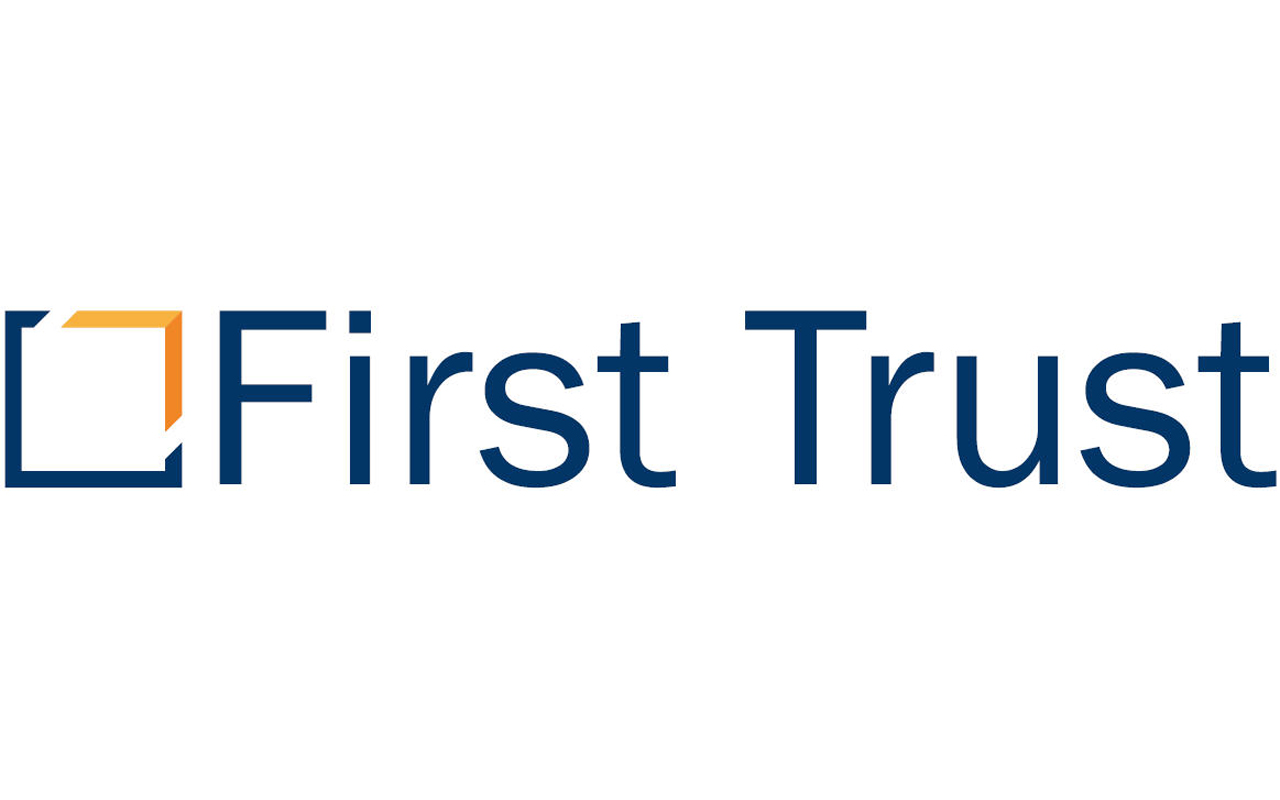
First Trust Nasdaq ABA Community Bank Index
- Market value: $362.2 million
- Dividend yield: 1.3%
- Expenses: 0.6%
Investors who want to take the regional theme even farther – especially trying to exploit the potential for share-price spikes thanks to acquisitions – may consider the First Trust Nasdaq ABA Community Bank Index (QABA, $51.40), which invests in smaller regional and community banks.
This First Trust bank ETF holds roughly 170 stocks. To give you an idea about size, understand that the median market cap for the aforementioned SPDR S&P Regional Banking ETF sits at $5.3 billion, while the average QABA constituent is a mere $2.3 billion. And while just 28% of KRE’s portfolio is dedicated to small- and micro-cap stocks, more than 60% of QABA’s assets are invested in these smaller companies. That is largely because QABA’s benchmark index automatically excludes the 50 largest banks or thrifts (including holding companies) based on asset size.
QABA is market-cap weighted, but there are no serious overweights in the portfolio. East West Bancorp (EWBC) – the parent of independent commercial bank East West Bank, which operates out of California – is the top weight at 3.3%. And despite its focus on small caps, QABA boasts a smaller standard deviation (a volatility measure) than KBE and KRE over the past three years.
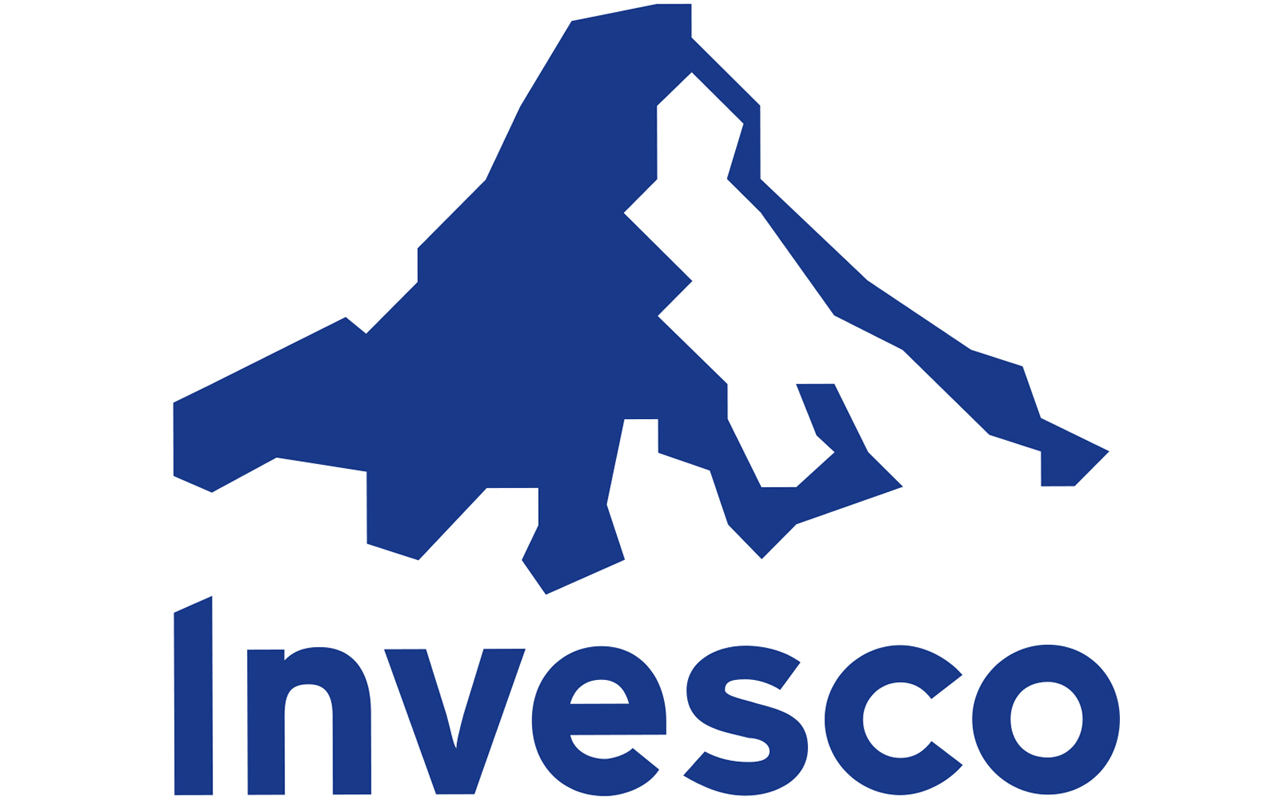
Invesco S&P Equal Weight Financials ETF
- Market value: $369.0 million
- Dividend yield: 1.7%
- Expenses: 0.4%
The Invesco S&P Equal Weight Financials ETF (RYF, $41.03) provides wide financial-sector exposure, but with a twist that conservative investors should like.
The RYF holds the same group of 67 securities as the aforementioned XLF; however, it equally weights the portfolio at every rebalancing, throwing market capitalization out the window. That’s how you get top holdings such as annuity and life insurance provider Brighthouse Financial (BHF), which is the smallest holding in the XLF. That doesn’t mean BHF is swelling its chest at anyone; the stock occupies a mere 1.64% of the fund, while the smallest top-10 holding, CBOE Global Markets (CBOE), makes up 1.55%. This is balance personified.
This weighting system greatly eliminates the risk of a sudden collapse in, say, Berkshire or JPMorgan, but it does skew the industry allocations significantly. Namely, insurance (33.6%) and capital markets (30.5%) are the biggest hitters in the fund. Banks are relegated to just more than a quarter of assets.
That makes the RYF a so-so way to express your bullishness on banks … but a strong way for the risk-averse to go long the American financial sector.

Invesco DWA Financial Momentum ETF
- Market value: $32.0 million
- Dividend yield: 1.2%
- Expenses: 0.6%
Finally, the Invesco DWA Financial Momentum ETF (PFI, $32.05) is a way to essentially double down on winners in the U.S. financial sector.
The PFI currently is made up of roughly 50 stocks from a financial-sector index that are selected for their high “relative strength,” or “momentum.” Invesco defines momentum as the “the tendency of an investment to exhibit persistence in its relative performance.” Another way of putting it is that PFI highly values stocks that have done well recently, believing that those stocks are the likeliest to continue performing well.
At each rebalancing, this ETF chooses at least 30 financial stocks with the highest momentum scores, though the number clearly varies. At the moment, this results in a 35% weighting in banks - not particularly heavy, but the biggest allocation, ahead of insurance (22%) and capital markets (21%). Top holdings include Mastercard, JPMorgan Chase and ratings agency Moody’s (MCO). While this strategy would seem to benefit the fund most during extremely bullish periods, PFI actually shines most when the chips are down. The ETF lost 27.2% in 2018 versus the XLF’s 55% in 2008, and just 4.6% in 2011 versus 17.2% for XLF.
Profit and prosper with the best of Kiplinger's advice on investing, taxes, retirement, personal finance and much more. Delivered daily. Enter your email in the box and click Sign Me Up.
Kyle Woodley is the Editor-in-Chief of WealthUp, a site dedicated to improving the personal finances and financial literacy of people of all ages. He also writes the weekly The Weekend Tea newsletter, which covers both news and analysis about spending, saving, investing, the economy and more.
Kyle was previously the Senior Investing Editor for Kiplinger.com, and the Managing Editor for InvestorPlace.com before that. His work has appeared in several outlets, including Yahoo! Finance, MSN Money, Barchart, The Globe & Mail and the Nasdaq. He also has appeared as a guest on Fox Business Network and Money Radio, among other shows and podcasts, and he has been quoted in several outlets, including MarketWatch, Vice and Univision. He is a proud graduate of The Ohio State University, where he earned a BA in journalism.
You can check out his thoughts on the markets (and more) at @KyleWoodley.
-
 How to Protect Yourself and Others From a Troubled Adult Child
How to Protect Yourself and Others From a Troubled Adult ChildThis case of a violent adult son whose parents are in denial is an example of the extreme risks some parents face if they neglect essential safety precautions.
-
 To Build Client Relationships That Last, Embrace Simplicity
To Build Client Relationships That Last, Embrace SimplicityAs more automation becomes the norm, you can distinguish yourself as a financial professional by using technology wisely and prioritizing personal touches.
-
 Client Demand Is Forcing Advisers to Specialize: How to Deliver
Client Demand Is Forcing Advisers to Specialize: How to DeliverThe complexity of wealthy clients' needs — combined with AI and consumer demand — suggests the future of financial planning belongs to specialized experts.
-
 The November CPI Report Is Out. Here's What It Means for Rising Prices
The November CPI Report Is Out. Here's What It Means for Rising PricesThe November CPI report came in lighter than expected, but the delayed data give an incomplete picture of inflation, say economists.
-
 The Delayed November Jobs Report Is Out. Here's What It Means for the Fed and Rate Cuts
The Delayed November Jobs Report Is Out. Here's What It Means for the Fed and Rate CutsThe November jobs report came in higher than expected, although it still shows plenty of signs of weakness in the labor market.
-
 December Fed Meeting: Updates and Commentary
December Fed Meeting: Updates and CommentaryThe December Fed meeting is one of the last key economic events of 2025, with Wall Street closely watching what Chair Powell & Co. will do about interest rates.
-
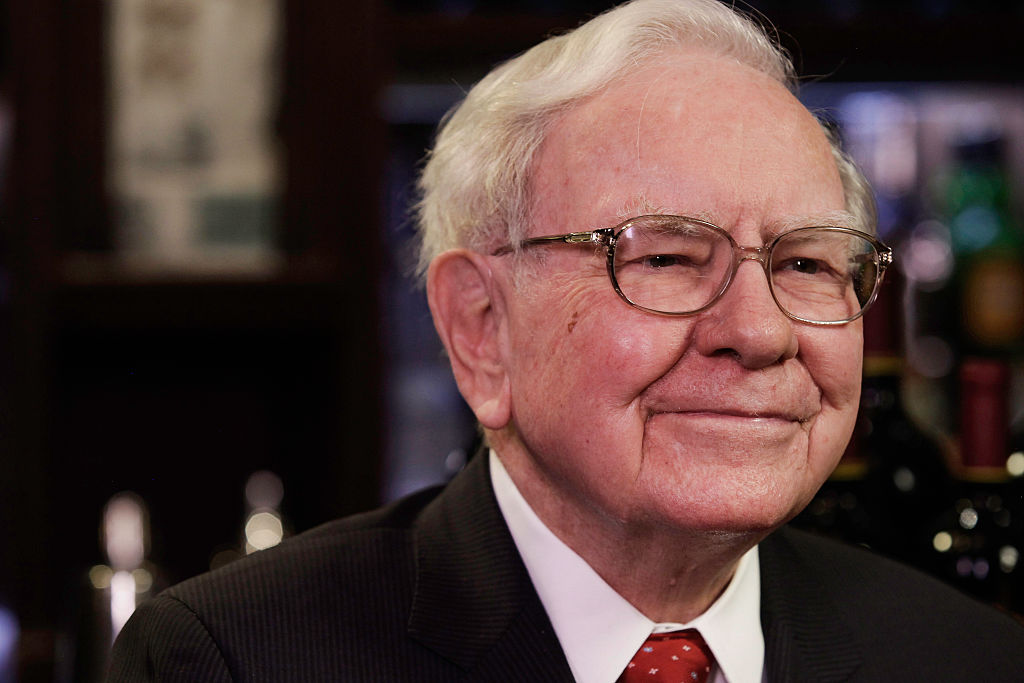 What Made Warren Buffett's Career So Remarkable
What Made Warren Buffett's Career So RemarkableWhat made the ‘Oracle of Omaha’ great, and who could be next as king or queen of investing?
-
 The Delayed September Jobs Report Is Out. Here's What It Means for the Fed
The Delayed September Jobs Report Is Out. Here's What It Means for the FedThe September jobs report came in much higher than expected, lowering expectations for a December rate cut.
-
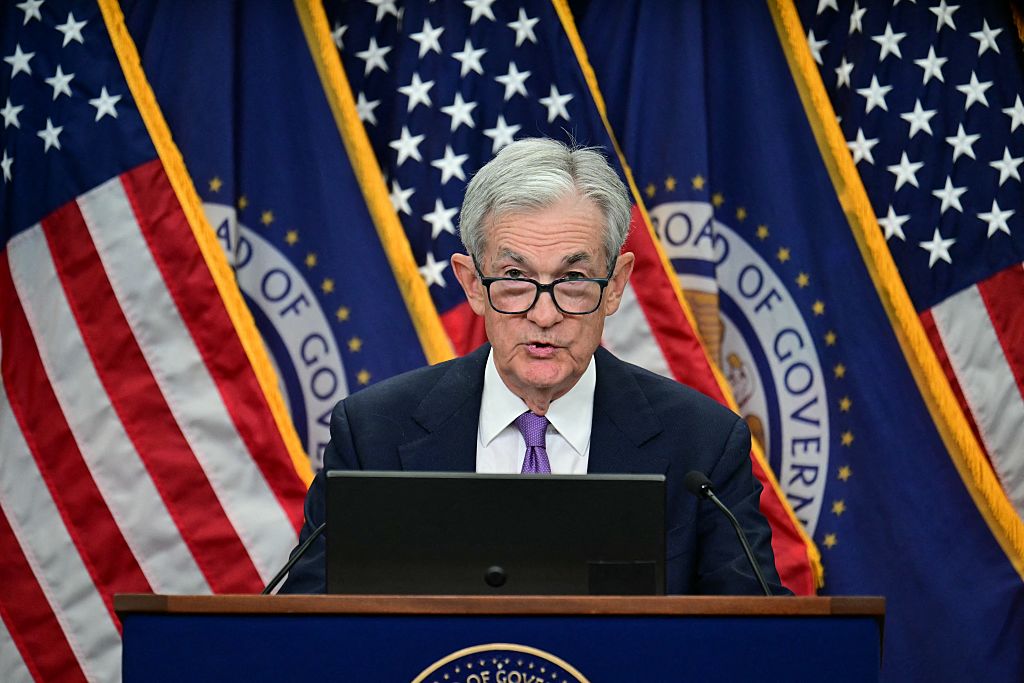 October Fed Meeting: Updates and Commentary
October Fed Meeting: Updates and CommentaryThe October Fed meeting is a key economic event, with Wall Street turned into what Fed Chair Powell & Co. did about interest rates.
-
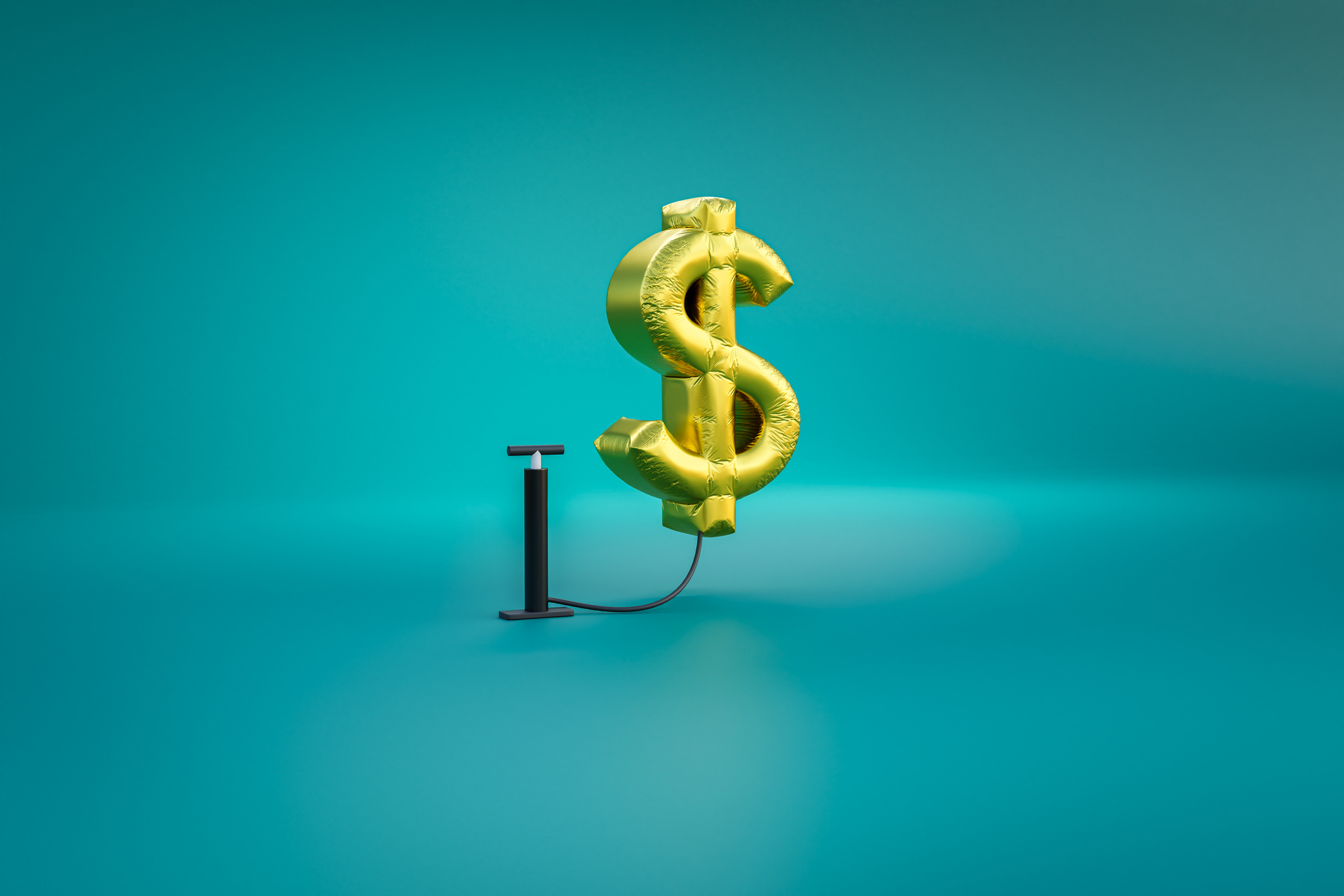 The Delayed September CPI Report is Out. Here's What it Signals for the Fed.
The Delayed September CPI Report is Out. Here's What it Signals for the Fed.The September CPI report showed that inflation remains tame – and all but confirms another rate cut from the Fed.
-
 Banks Are Sounding the Alarm About Stablecoins
Banks Are Sounding the Alarm About StablecoinsThe Kiplinger Letter The banking industry says stablecoins could have a negative impact on lending.

